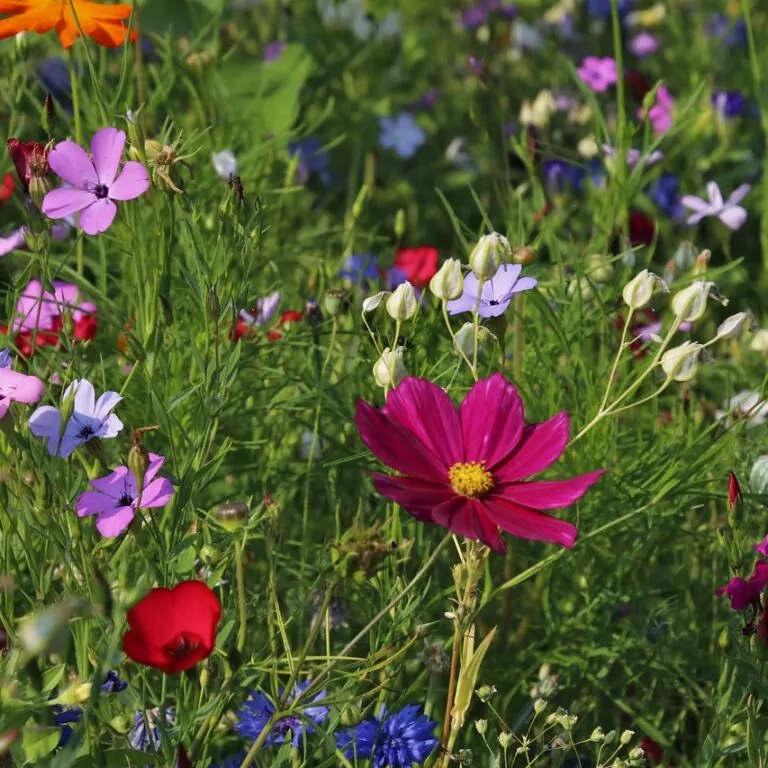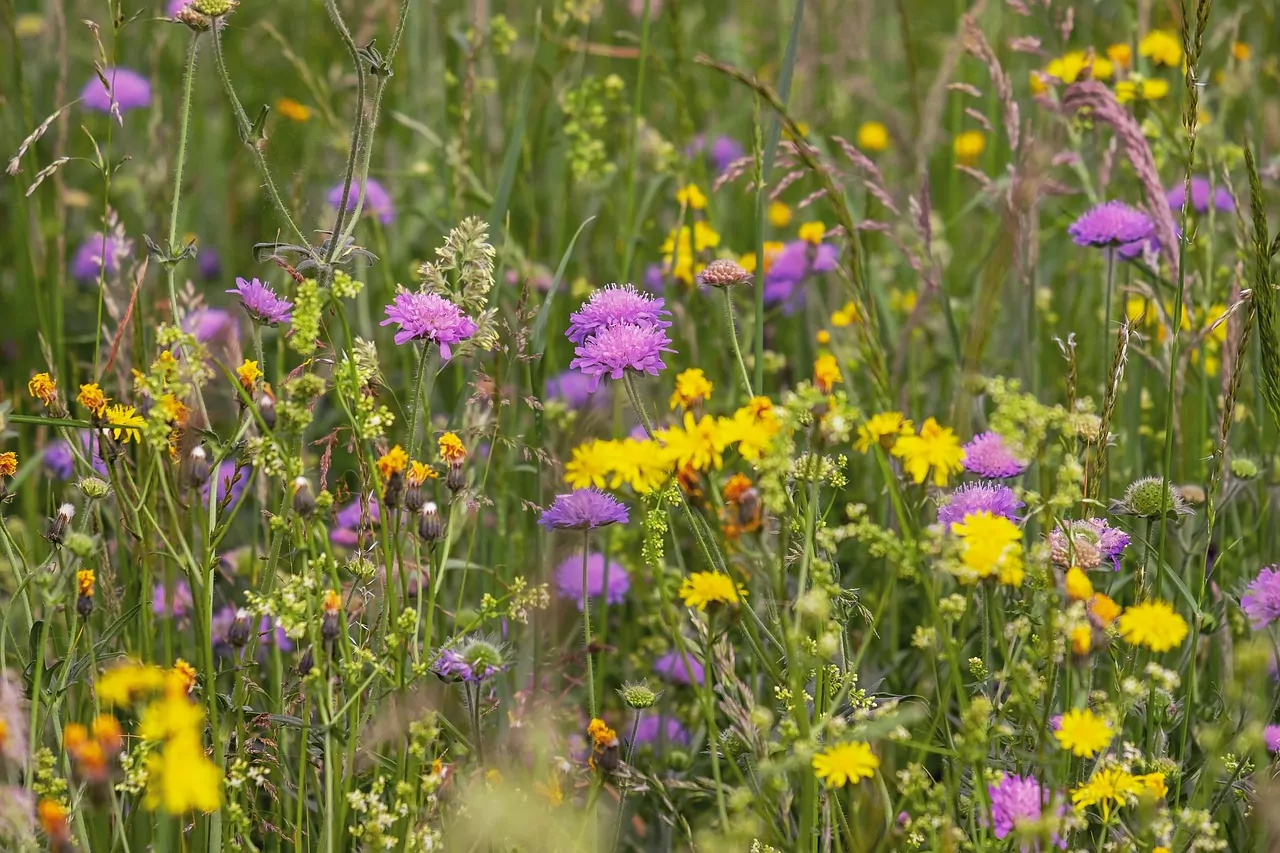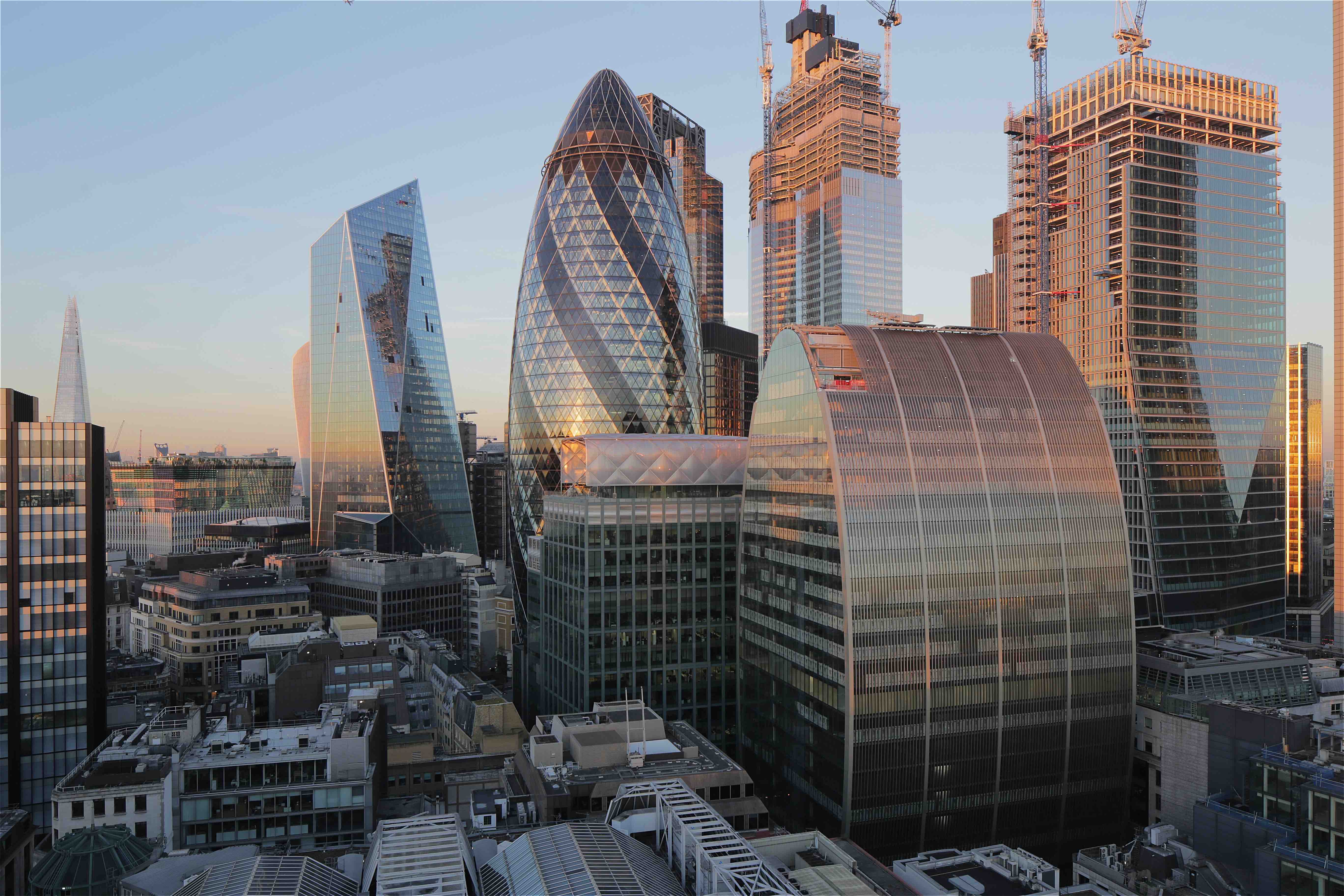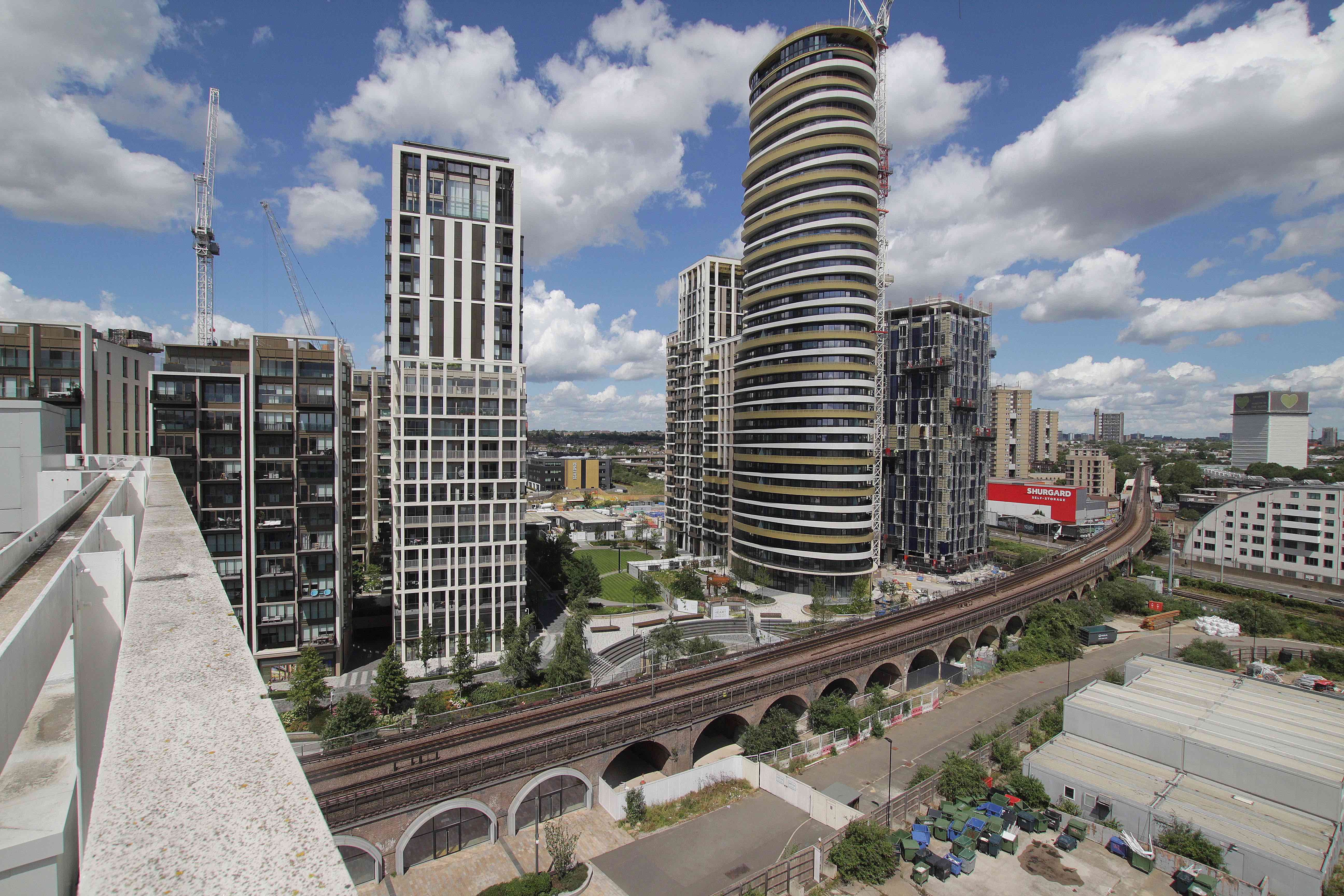
News Re-Wilding Projects captured by Time-Lapse Photography.
Re-wilding is the restoration of habitats and dwindling species so that nature can thrive. In recent years many re-wilding projects have taken place all over Britain in response to the detrimental effects of climate change, mismanagment or neglect of land and the resultant loss of native wildlife. This holistic approach endeavours to help nature recover through the re-building of natural ecosystems with the hope that their future be re-invigorated and self-sustained. Re-wilding helps people reconnect with nature and understand the importance of preserving and safeguarding habitats, whilst establishing harmonious relationships. Farming, fishing and forestry initiatives can all help reverse the loss of bio-diversity through micro projects that every household can get involved with in order to leave a positive legacy for future generations. Creating natural ponds, bug hotels, wildflower meadows and chemical free environments can all help to support nature and aid it in bouncing back. The following YouTube videos show how time-lapse photography can perfectly document re-wilding projects and show their positive impact on differing landscapes.

This YouTube video by ReWilding Britain shows the creation of an exhibit for the RHS Chelsea Garden Show which won the coveted ‘Best Show Garden’ prize. Surrounded by wildflowers and tall bushes, a brook ran though the show garden showing the tranquility and beauty of more naturally designed gardens. A wildlife hide, sticks gnawed by beavers and the infusion of weeds showed that this more rustic space can be as aesthetically pleasing as a more formal garden. Soundscapes of beavers were played in the garden with the intention of encouraging people to learn more about this endangered species and their influence on the eco-systems of Britain. Although this show garden was not strictly a permanent re-wilding space, it offered the attendees the opportunity to feel what our natural landscape should be like and to see the undeniable beauty of wild nature.
In this video by Wild Your Garden With Joel Ashton he shows how to cut and clear a wildflower meadow. Cutting the meadow is incredibly important, as it stops grass taking over and creating an impenetrable thatch that prevents the wildflowers from growing. Cutting the meadow can also increase the wildflower species and can extend their flowering period. This meadow was planted in 2017 and this fabulous natural habitat of so many insects and animals will be sustainable for many generations to come. When in full bloom this space will not only affect the bio-diversity of the area but will look incredibly beautiful too.
Mark Harris shared this YouTube video of the time-lapse of insect activity in a homemade bug hotel. Offering a safe hideaway for insects, such habitats can be made from a range of household items such as branches, pallets or even cardboard egg cups. Many people experiment with different designs making sophisticated and creative garden features that are perfect for insects to hibernate and nest in. A great craft activity for children, the bug hotel in this YouTube video they can be very simple to make. This video features a log with a range of holes drilled into it which is perfect for burrowing bugs. Food can also we placed in the holes to encourage bug activity, a great tool for helping little ones to get closer to nature.
At Time-Lapse Systems we are committed to looking after our environment for future generations. We utilise solar energy where possible to power our systems and have a sustainability policy in our offices. We are incredibly proud to have worked for a number of eco-pioneering companies such as Tesla and we work closely with conservation projects for the RSPB , Natural England the Norwegian Polar Institute, and with Dr Tom Hart and his colleagues at Oxford University in their work monitoring penguins and other sea birds in the Antarctic.
We are the leading provider of time-lapse services for the construction industry and work for a range of clients who have achieved a ‘Building Research Establishment Envionmental Assessment Method’ (BREEAM) excellent rating. Used to specifically measure the sustainability performance of buildings, a set of benchmarks are used to assess the carbon emissions, low impact design, adaptation to climate change, ecological value and biodiversity protection amongst other criteria. Not only do we love to see that many of our clients are ecologically focused but we also love how time-lapse is being harnessed to document a range of exciting projects that have sustainability at its core.
 A recent project we captured: 70 St Mary’s Axe has an excellent BREEAM rating.
A recent project we captured: 70 St Mary’s Axe has an excellent BREEAM rating.
 We were asked to capture the construction of White City Living by the Berkeley Group which received an excellent BREEAM rating.
We were asked to capture the construction of White City Living by the Berkeley Group which received an excellent BREEAM rating.
If you would like to hear more about the services we offer please get in touch.